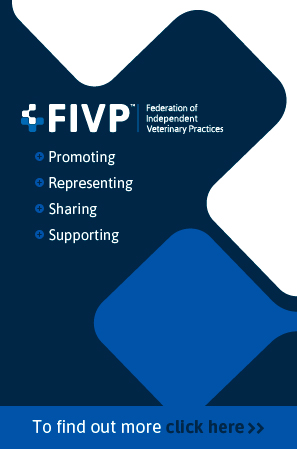
Experts report raised levels of the disease in feed
Livestock farmers in Scotland are being urged to monitor their animals closely for ergot poisoning, as experts report raised levels of the disease in feed.
Spread by spores in the spring, ergot is a naturally occurring fungus in which black elongated pods grow in the ears of rye and other cereals. If conditions are cool and wet - like they were in parts of Scotland this year - the risk of grain being contaminated is heightened.
Grain processed for human consumption undergoes careful screening, and any crop containing over 0.01 grams or ergot per kilogram is banned from the UK food chain by law. But the warning from Dr Basil Lowman of SAC Consulting is about crops being fed exclusively to livestock, particularly those that are home grown.
“We have had reports of raised ergot levels in some farms in the Lothian and Borders,” explains Dr Lowman. “Our research colleagues running the SRUC Crop Clinic report receiving several samples from there with ergot. This would be consistent with their prolonged flowering season and local weather conditions then.”
According to Dr Lowman’s colleague, Heather Stevenson, ergot poisoning is seen more often in cattle than in sheep.
“The most common form occurs where contaminated grain is fed over a long period,” she said. “Initially animals may be seen to be lame and have mild diarrhoea but later the toxins restrict the blood flow to the animal’s extremities, like the lower legs, tail and ears, which become gangrenous and, given time, would die and slough off. There is no treatment for ergot poisoning.”
Because ergots are highly toxic to humans, SAC Consulting urge farmers or staff handling affected grain to wear gloves and a mask. They should also be extremely careful with processing grain, they warn.
“There is evidence that grinding ergot and mixing it increases its toxicity,” warns Basil Lowman. “Where small amounts of contaminated grain have been fed it might be sensible to avoid processing and feed grain whole.”
Although the best advice is NOT to feed grain contested with ergot to livestock, farmers unsure of their exact position are urged to follow a six point approach to minimise any risk:
-
Assess as accurately as you can the level of contamination in the grain in terms of ergot pods per kg of grain. This can be most simply done by taking a dozen one kg grain samples from all over the heap, spreading these out over a sheet of newspaper and counting the number of ergots.
-
Only feed to growing/finishing cattle, never to breeding cows or any sheep.
-
Always feed as little as possible eg by feeding it to more animals. Never feed higher levels to fewer animals – this simply increases the risk.
-
Where possible do not process contaminated grain. Feed it whole. Always take full precautions when handling the grain ie protective clothing, masks, etc.
-
Monitor stock closely and at the first signs of any of the symptoms stop feeding contaminated grain immediately.
-
Never exceed the amounts in the tables below.
Store cattle
| Feed level of grain (kg/day) | Ergot/kg grain |
|
1kg |
1 ergot |
|
2kg |
0.5 ergots |
|
3kg |
0.3 ergots |
Finishing cattle
| Feed level of grain (kg/day) | Ergot/kg grain |
|
2kg |
4 ergots |
| 4kg | 2 ergots |
| 12kg | None |
Image (C) Claude De Brauer



 The BSAVA has opened submissions for the BSAVA Clinical Research Abstracts 2026.
The BSAVA has opened submissions for the BSAVA Clinical Research Abstracts 2026.